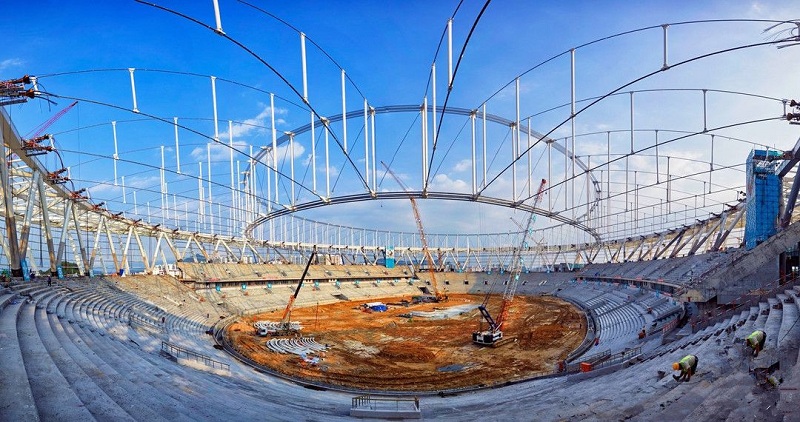Beach Games Encyclopedia: SPORT CLIMBING


Sport Climbing: Sport Climbing is a new sport originating from rock climbing. It relies on innate climbing instincts and acquired skills, with the help of some auxiliary tools and protective equipment to climb rock cliffs, crevices, outcroppings, inclined planes, upward angles, and other rock formations. Sports Climbing combines fitness, recreation, and competition, requiring climbers to have a courageous, tenacious, never-give-up spirit, as well as excellent flexibility, sense of rhythm, and rock climbing technique. Only then can the climber move effortlessly and accurately across cliff faces of various elevations and angles, successfully completing horizontal shifts, turns, jumps, stretches, and other thrilling moves, showing a sense of grace, flow, excitement, and power.
That’s why this sport is sometimes called “Cliff Ballet”, or “Rythmic Gymnastics on the Cliff”. Sport Climbing can be divided into two categories: Technical Climbing and Speed Climbing. Technical rock climbing is a competition that shows climbers’ strengths and weaknesses on a technical climbing route. The Technical Climbing Competition is scored according to the height on the cliff face that climbers reach during the competition time period (if the route is horizontal, progress will be scored according to the distance reached along the tracking rope). The route will be set by competition officials according to the skill level of the climbers, and is usually set at a high level of technical difficulty. The Speed Climbing Competition is similar to the 100 meter race in the Athletics Competition, with climbers in teams of two or other arrangements climbing along a fixed route, with the climber reaching the set height in the shortest time declared the winner.
The Olympic Council of Asia (OCA) recently announced that considering the current situation of the novel coronavirus epidemic, the 6th Asian Beach Games, originally scheduled to be held in Sanya, Hainan province from April 2 to 10, 2021, will be postponed.

Office of the Hainan Free Trade Port Working CommitteeNo. 69 Guoxing Avenue, Meilan District, Haikou City, Hainan Province, 570203, China

hnshgb_xchch@sina.com
Contact Us
- Latest News
- Video News
- Specials
- Press Release
- Upcoming Events
What's New in Hainan
- Industrial Park
- Tax
- Trade
- Investment
- Entry & Exit
- Finance
Invest in Hainan
- Weather
- Transportation
- Health Care
- Attractions & Food
- Fitness & Sports
- Arts & Culture
Live in Hainan
- Copyright © 2020 Hainan Free Trade Port
- Qiong ICP 19005356
- All Rights Reserved










